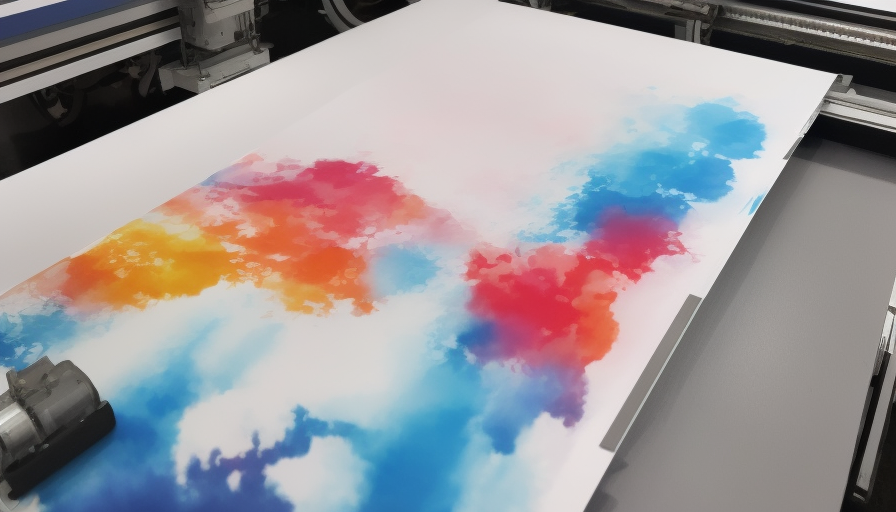Printing on glass and acrylic is a popular choice for businesses and individuals looking to create high-quality signage, displays, and other visual materials. But which really is better? Acrylic vs Glass printing – we finally settle the score!
Both materials have their own unique advantages and disadvantages, making it important to choose the right one for your specific needs. In this blog post, we’ll explore the differences between acrylic and glass printing, including their advantages and disadvantages, print quality, environmental considerations, and maintenance and care requirements.
Table of Contents
Acrylic Printing: Advantages and Disadvantages
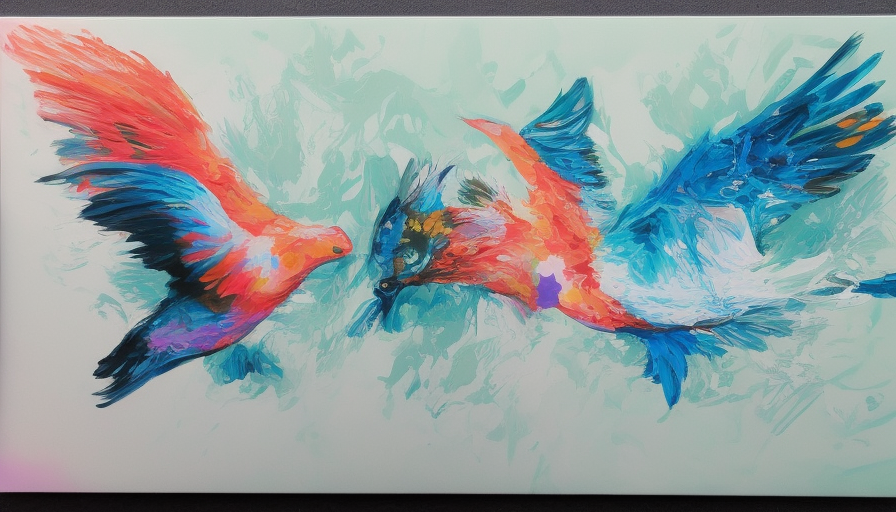
Acrylic printing is a process of printing on sheets of acrylic plastic. This material is a lightweight, durable, and cost-effective material that can be easily customized to meet your specific needs. One of the main advantages of acrylic printing is its affordability. Unlike glass, which can be more expensive, acrylic is widely available and can be sourced at a relatively low cost. This makes it a popular choice for businesses and individuals who want to keep their printing costs low, without sacrificing on quality.
Another advantage of acrylic printing is its durability. Acrylic is highly resistant to wear and tear, making it ideal for use in high-traffic areas or in outdoor environments. It is also resistant to UV radiation and will not yellow or fade over time, even with exposure to sunlight and other environmental factors. However, it is important to note that acrylic is more prone to scratching than glass, so it may not be the best choice for applications where the material is likely to be in contact with sharp objects.
Glass Printing: Advantages and Disadvantages
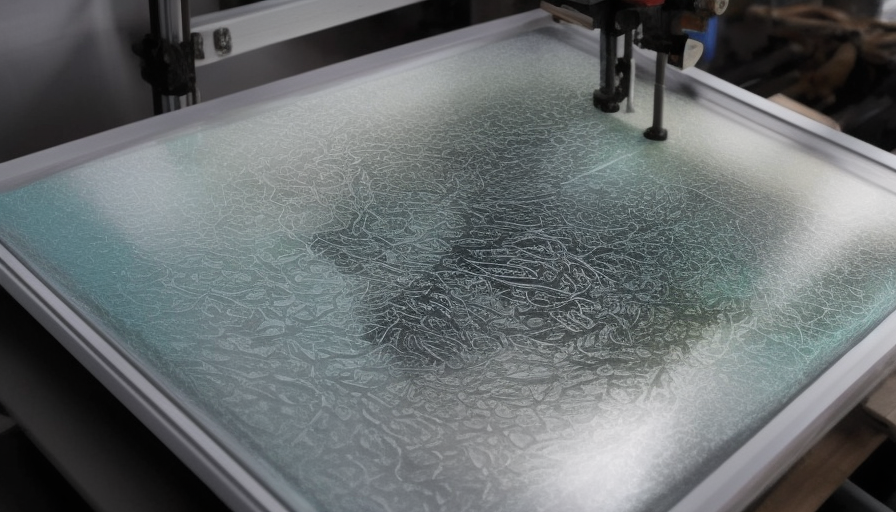
Glass printing involves printing directly onto sheets of glass, which can provide a high level of clarity and detail. This is also scratch-resistant and can withstand high temperatures, making it an ideal choice for applications where the material is likely to be exposed to heat or friction. One of the main advantages of glass printing is its clarity. Glass provides exceptional clarity and color vibrancy, making it an ideal choice for applications where print quality is a top priority.
However, glass printing does have some disadvantages. For one, glass can be heavy and fragile, making it difficult to handle and transport. Additionally, glass can be more expensive than acrylic, which can make it a less cost-effective option for those with tight budgets. Finally, glass is not as UV-resistant as acrylic, which means that it may yellow or fade over time with exposure to sunlight.
Print Quality: Acrylic vs Glass Printing
When it comes to print quality, both acrylic and glass have their own unique advantages. Acrylic has a high refractive index, which enhances the vibrancy and depth of colors. It also has exceptional clarity and brightness, which means that prints appear crisp and clear. Glass, on the other hand, provides exceptional clarity and color vibrancy, which makes it an ideal choice for applications where print quality is a top priority.
In terms of resolution, both acrylic and glass can provide high levels of detail and sharpness. However, the level of detail that can be achieved will depend on the printing process and equipment used. Overall, both materials are capable of producing high-quality prints, but the specific material that is best for your application will depend on your specific needs and priorities.
Environmental Considerations: Acrylic vs Glass Printing
Both acrylic and glass can be affected by environmental factors such as UV exposure, moisture, and temperature changes. Acrylic is highly resistant to UV radiation, making it an ideal choice for applications where the material will be exposed to sunlight. It is also highly resistant to moisture and can withstand temperature changes without cracking or warping.
Glass, on the other hand, is highly resistant to scratches and can withstand high temperatures. However, it is not as UV-resistant as acrylic, which means that it may yellow or fade over time with exposure to sunlight. Glass can also be affected by moisture and temperature; ultimately leading to deterioration over time.
Maintenance and Care: Acrylic vs Glass Printing

Maintaining and caring for acrylic and glass prints requires different techniques and considerations. Acrylic is a relatively low-maintenance material that can be cleaned with a soft cloth and mild soap and water. It is important to avoid using abrasive materials or harsh chemicals when cleaning acrylic, as this can cause scratches or damage to the material.
Glass, on the other hand, requires a bit more care and attention. Glass can be cleaned with a soft cloth and mild soap and water, but it is important to avoid using harsh chemicals or abrasive materials, as this can scratch or damage the surface. Additionally, glass is more prone to collecting dust and fingerprints, which can affect the clarity and quality of the print. Regular cleaning and maintenance is important to keep glass prints looking their best.
Applications: Acrylic vs Glass Printing
The specific material that is best for your application will depend on your specific needs and priorities. Acrylic is a great choice for applications where cost, durability, and UV-resistance are a top priority, such as outdoor signage, displays, and window graphics. It is also a great choice for applications where weight is a concern, as it is much lighter than glass.
Glass, on the other hand, is a great choice for applications where print quality, clarity, and color vibrancy are a top priority, such as fine art prints, photography, and high-end displays. It is also a great choice for applications where scratch-resistance and high-temperature resistance are important, such as in high-traffic areas or where the material will be exposed to heat.
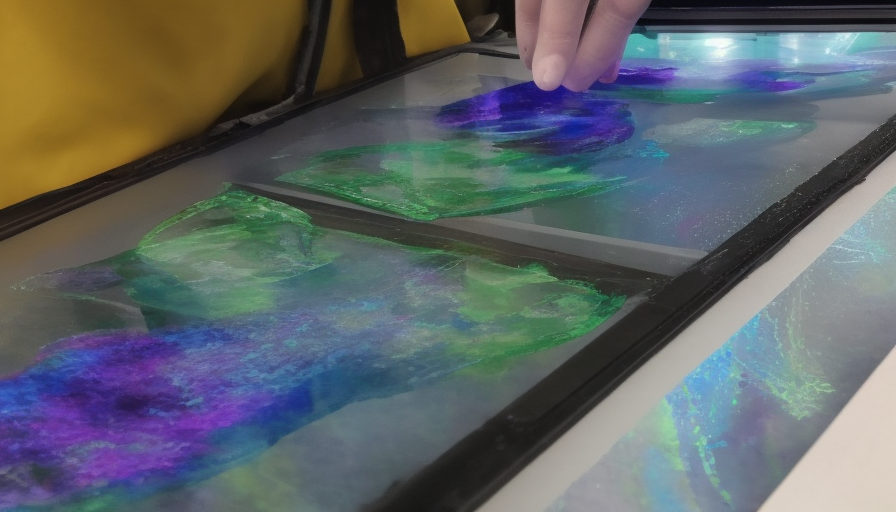
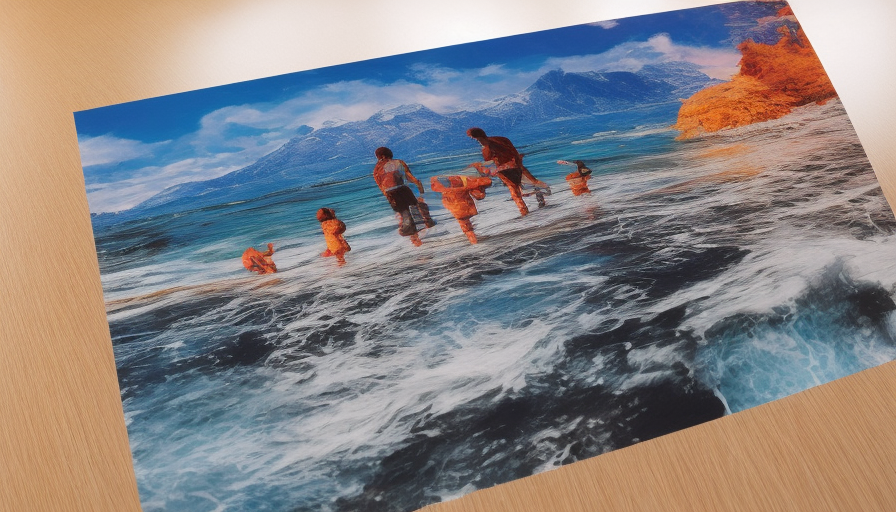

Acrylic vs Glass Printing: Which is Better?
When it comes down to it, the answer to the question of whether acrylic or glass printing is better depends on your specific needs and priorities. Acrylic is a cost-effective and durable material that is great for outdoor applications and situations where weight is a concern. Glass, on the other hand, is a high-quality material that is ideal for fine art prints, photography, and other applications where print quality and clarity are of utmost importance.
Overall, both materials have their own unique advantages and disadvantages, making it important to carefully consider your specific needs and priorities before making a decision. Whether you choose acrylic or glass printing, you can rest assured that you will be getting a high-quality product that is sure to impress.
Bonus: Best Acrylic Printing Companies
Moving forward, through research and surveying, here are the best acrylic printing companies to look out for. Main criteria for this list are their history, customer service, and quality of prints. Find the full list here: Best Acrylic Printing Companies in 2023
1. BigAcrylic
Big Acrylic is a leader in custom acrylic prints. They are a small group of creative professionals passionate in their craft. Pricewise, they provide boutique services without boutique prices.
Most of their transactions and clients are international. However, if you opt to visit their Montreal gallery, they’ll assist you in knowing their vast array of products.
Big Acrylic offers four types of acrylic prints – standard acrylic prints, anti-glare acrylic prints, backlit acrylic prints, and acrylic tabletop prints. Anti-glare acrylic prints remove the glare caused by the reflective surface of standard acrylic prints. Backlit acrylic prints use a backlight to enhance the colors and quality of the standard acrylic prints. Lastly, acrylic table top prints are acrylic prints that are smaller in size and stand neatly on desks and tabletops.
Verdict
Big Acrylic has a lead time of 6-7 days before shipping. Their prices for a standard 16×12 inches acrylic print stands at $76.23. They offer a redo for damaged products at their own expense. Overall, the creative options for acrylic prints stand out the most for Big Acrylic. If you’re looking for extraordinary customizations for your prints, this is the one for you.
2. WhiteWall
White Wall combines state of the art technologies with traditional printing methods. They have physical stores around the world such as New York, London, Paris, Berlin, Munich, and Hamburg.
White Wall offers multiple types of acrylic prints, each having their own trademark. First, the gallery standard uses the original photo print under acrylic glass. Next, the best in class utilizes ultraHD photo print using Fuji Crystal Professional Archive Maxima Paper under acrylic glass.
Lastly, they have two specialized products – the acrylic ultraHD metallic print and the original photo print under matte acrylic glass. The acrylic ultraHD metallic print doubles the resolution of your metallic photo – bright parts have a metal sheen under 2mm acrylic glass. Meanwhile, their second specialized product uses matte acrylic glass to reduce glare from the standard acrylic print.
Verdict
White Wall shipping takes up to 8 working days. The price point for a standard 16×12 acrylic print is $106.30. Undoubtedly, White Wall provides a high standard of printing but it comes at a higher price point. The range of variations they offer for acrylic prints utilizes distinct state of the art technologies. If choosing a world renowned company is your priority, go for White Wall. TIPA (Technical Image Press Association) awarded White Wall as the best photo lab of 2021.
Afterword
We hope that you find this article helpful. Thank you for reading and you’re always free to leave a comment. If you find this article interesting, consider checking out one of our recently published posts. A few of them showcase advancements in technology such as AI Art Generators. On the other hand, if you’re looking towards Photography, we also offer great articles for your inspiration. We also have multiple articles that talk about the various printing mediums for wall art. May these articles give you inspiration for your next print!
Find them here:
Scratch-resistant Acrylic – What You Need to Know
Acrylic Prints: Add Vibrance to Any Space
Large Acrylic Prints: Create a Brilliant Impression
Food Photography Lighting: The Secret to Mouth-Watering Photos
Long Exposure Photography: Capturing the Unseen
The 5 Best AI Art Generator of 2022

